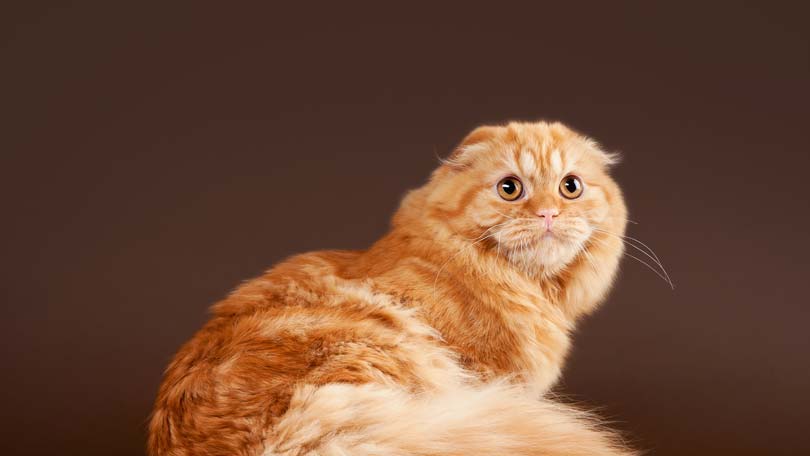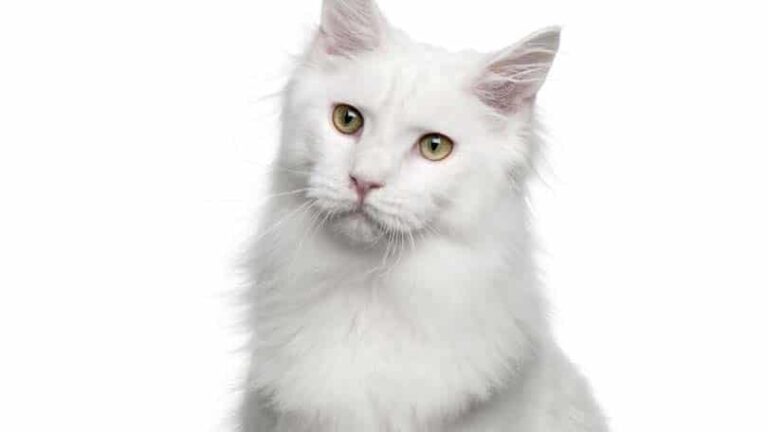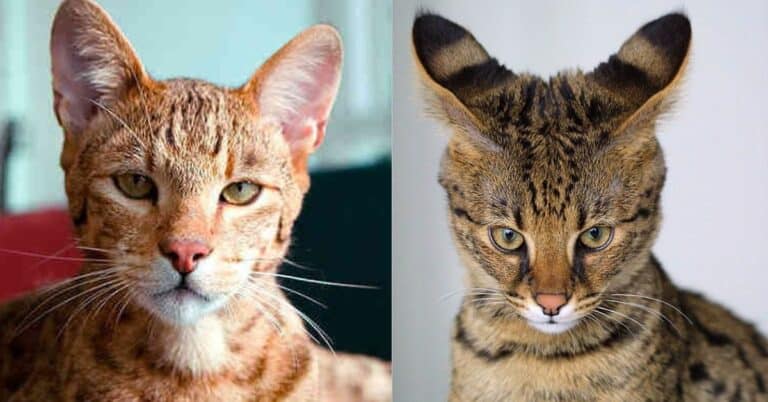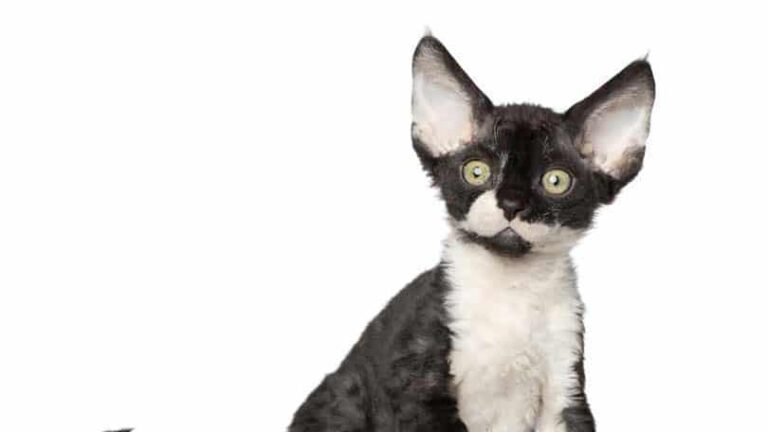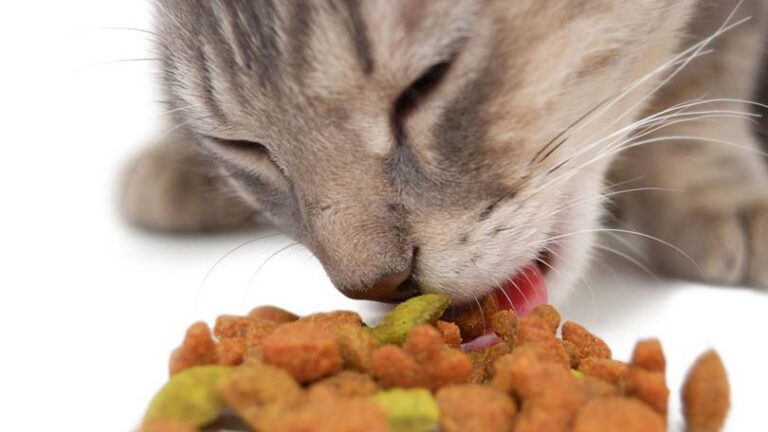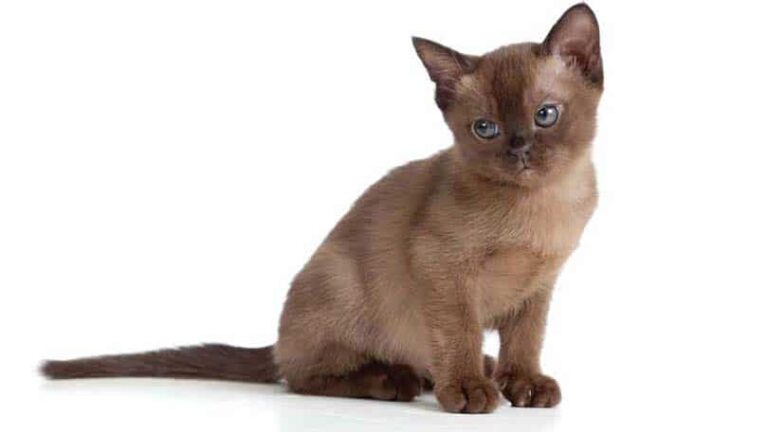What is Catnip?
There are few substances that can create an effect on an animal similar to what catnip does to cats. When a cat comes in contact with these green, feather-light flakes, it is an interesting sight to behold.
What is Catnip Exactly?
If you’ve ever been browsing through your local pet shop in the cat section, surely you’ve come across some type of product that comes with a small package of catnip. Catnip has been linked with cats because of their excited, wild, and sometimes very strange reactions to this substance.
Catnip looks a lot like oregano flakes, but it’s actually a different type of herb. Also called “catmint,” catnip is an herb from the mint family. In fact, if you sniff catnip, you will smell a mint-like aroma very clearly. If you rub catnip around between your fingers it will crumble easily.
Catnip grows like any other herb, and you can add it to your herb garden mix easily. Once it is fully grown, the leaves are crushed up to release a rare oil that contains Nepetalactone, a chemical compound that acts as a “cat attractant.” This highly volatile oil is what causes the wild reaction in cats. The effect this oil has on cats is very similar to a drug – this potent herb can turn even the mildest kitty into a crazy cat in a matter of seconds. But it is important to remember that it is not a drug; it’s an herb.
What is the Point of Using Catnip?
You might be wondering what is catnip used for? There really isn’t a specific reason for using catnip besides giving your cat a little shock. This herb adds some spice to a cat’s life, literally!
But if you take it from another perspective, you can use catnip to break up the monotony of your cat’s day. If your cat is depressed, bored, or lazy, that’s not a good thing. A normal, healthy cat will get plenty of exercise. He will run, jump, play and fight with other cats, and get into some other forms of mischief from time to time. So if you have a cat that prefers to sit like a bump on a log all the time, purchase a bag of catnip to get him up and interested in some physical activities, at least for a few minutes per day.
One could also argue that catnip is purely for the enjoyment of the cat’s owner. If you want to see your cat roll around, do tricks and flips, and dash from end to end of your home for no good reason, then catnip will do the trick. Keep your video camera handy, because it could end up being an America’s Funniest Home Video moment.
When and if catnip is ingested by the cat, it could actually calm your cat down and relax him. So if you have a cat that is a little too exciteable, you might choose to add a few flakes to his food.
It’s important to note here that not every cat will be affected by catnip. There are some cats who will come in contact with the special oil and never feel any effects. It is estimated that about 75% of cats are affected by catnip. Susceptability to the effects of catnip is a genetic trait.
More on the Wild Effect It Has on Cats
In most cases, the very first thing your cat will do after sniffing and identifying the catnip is rub his or her face against the item that contains the catnip. This is a way of consuming the catnip (without actually eating it) and taking in its full effects. Some cats will even roll around in the flakes to take in the full essence of the nip.
The next thing that will frequently happen is the cat’s tail will start to move at about 100 beats a minute. Her movements will become quicker and more exaggerated. Some cats will even start meowing and howling when they come in contact with catnip.
The next series of actions could include rolling and flipping around on the ground, gyrating, running full speed around the house, or an interesting combination of the three. The effects will usually last up to thirty minutes.
In addition to its drug-like effects , experts believe that catnip acts like a sexual pheromone in cats. So it could be sexually arousing to your cats (even if they are neutered or spayed), which makes them behave very strangely.
Products Usually Contain Catnip
Many cat toy companies use catnip in their products. For example, a cardboard scratching post will sometimes come with a small pack of nip so that you can sprinkle a few flakes into the grooves of the post. This way, when your cat comes around the box he will smell the enticing minty scent, which will encourage him to scratch the post in an attempt to dig for the catnip.
Also, if you want your cat to play with a toy mouse, ball, or chew toy, you can sprinkle some flakes onto the surface of the toy and set it right in front of the cat’s face.
Store bought, dried catnip is less potent than the herb when it comes fresh off the plant. You should store catnip in the refrigerator or freezer to preserve the oil in the leaves.
Any Dangers? Is It Safe
One very common question that is asked on what is catnip searches and forums everywhere is whether the substance is dangerous to cats. The best answer is “possibly,” but not for reasons that are directly related to the nip itself.
The substance is all natural – scientifically there has been no pertinent discovery to date that has shown that the chemical in catnip is dangerous to cats. The potential danger comes in the form of your cat’s wild behaviors.
When you give catnip to your kitty, make sure that he is far from any dangerous objects, steep falls, or sharp items. Also, when you place catnip in cardboard scratchboards, it could make your cat just a little too eager. If he scratches at the board too ferociously it could hurt his claws and possibly cause them to bleed.
But overall, catnip is a safe product that is great for cats, and their owners, to enjoy.

Having discovered a fondness for insects while pursuing her degree in Biology, Randi Jones was quite bugged to know that people usually dismissed these little creatures as “creepy-crawlies”.

